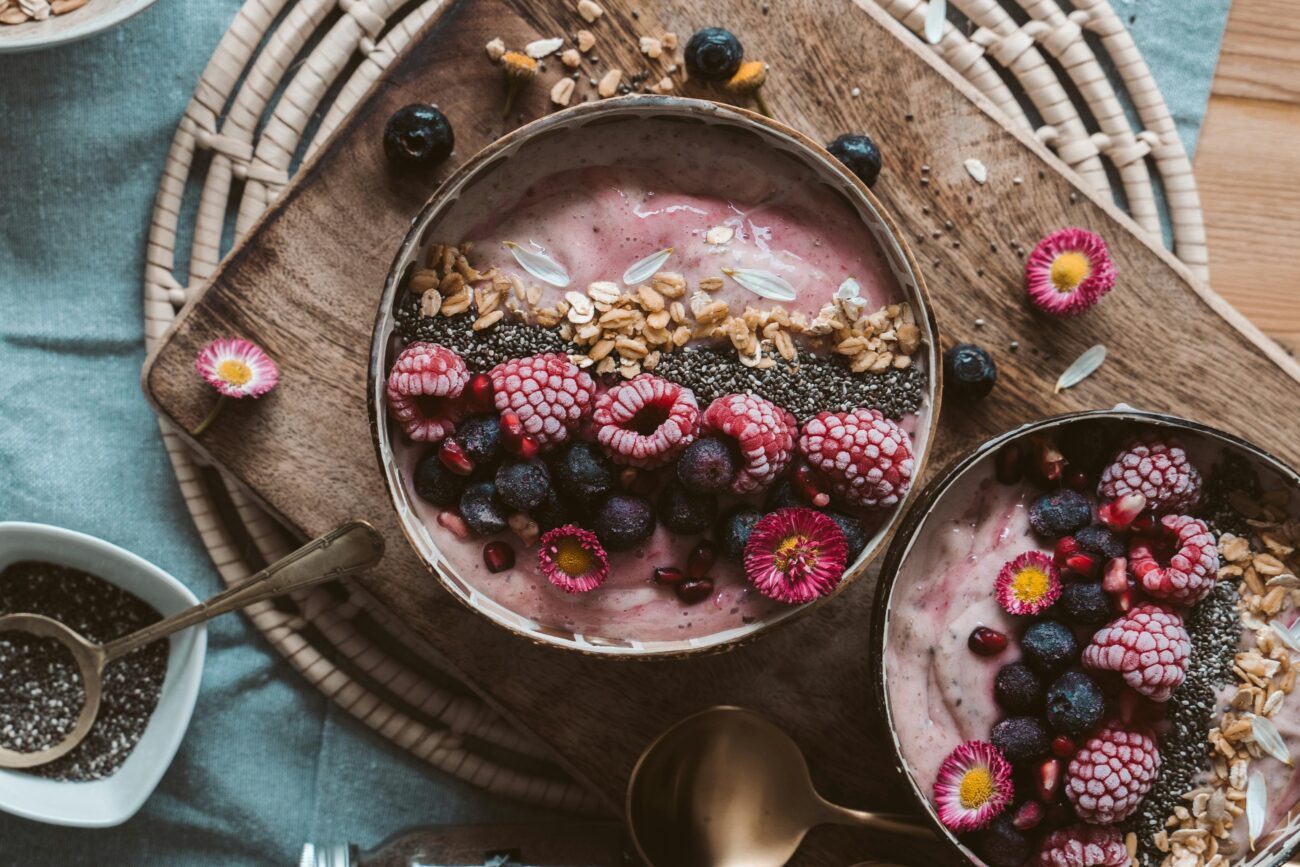Clean eating and a high-protein diet are more than just buzzwords—they’re global movements redefining how we view nutrition and wellness. As people seek greater energy, lean muscle, and better health, the clean eating lifestyle and high-protein food trends have taken center stage, especially in Tier-1 countries. If you want to eat smarter and feel better, it’s time to embrace these leading trends.
What is Clean Eating?
Clean eating means choosing whole, minimally processed foods and avoiding additives, preservatives, and artificial ingredients. The focus is on enjoying food in its most natural state, which not only supports your health but also reduces your exposure to unhealthy chemicals and excess sugar.
Why is Clean Eating Trending?
There’s growing awareness of the link between diet and overall well-being. Consumers are reading food labels, seeking transparent sourcing, and valuing plant-based and organic options. The rise in food-related allergies, digestive issues, and lifestyle diseases has prompted people to rethink what they put on their plates.
Key Principles of Clean Eating
- Choose Whole Foods: Opt for fruits, vegetables, whole grains, lean meats, eggs, legumes, nuts, and seeds.
- Limit Processed Items: Minimize foods that are packaged, ready-made, or contain unrecognizable ingredients.
- Read Labels: Identify sources of added sugar, sodium, preservatives, and hydrogenated oils.
- Eat Mindfully: Pay attention to hunger signals, avoid distractions while eating, and savor every bite.
High-Protein Diets: The Powerhouse Trend
Protein is essential for building and repairing tissues, regulating metabolism, and boosting satiety. High-protein diets are increasingly popular among athletes, busy professionals, and anyone aiming for weight management or muscle gain.
Why Protein Takes the Spotlight
- Muscle Growth and Recovery: Active lifestyles demand higher protein for repair and recovery.
- Weight Management: Protein promotes feelings of fullness, reducing cravings and late-night snacking.
- Metabolic Benefits: A high-protein diet can enhance calorie burn through the thermic effect of food.
- Versatility: With diverse options like beans, Greek yogurt, eggs, poultry, fish, and plant-based alternatives, there’s a protein source for everyone.
Clean and Protein-Rich: Top Foods for 2025
As food trends evolve, the overlap between clean eating and high-protein dominates supermarket shelves, restaurants, and social media feeds.
Plant-Powered Proteins
- Lentils and Chickpeas: Packed with protein and fiber, perfect for stews, salads, and spreads.
- Edamame and Tofu: Essential staples in Asian cuisine, offering a lean, non-meat protein fix.
- Quinoa: A complete protein grain, ideal for bowls or as a rice substitute.
- Chia and Hemp Seeds: Add these to smoothies and breakfast bowls for a protein boost.
Lean Animal-Based Options
- Chicken Breast and Turkey: Low in fat and high in protein—great for grilling or stir-fries.
- Eggs: Nature’s protein powerhouse, versatile in cooking and baking.
- Greek Yogurt: Higher protein than regular yogurt, excellent for parfaits and dips.
- Salmon and Tuna: Offer not only protein but omega-3 fatty acids for brain and heart health.
Branded Innovations: Protein for Busy Lives
The rise of convenient, protein-rich snacks aligns perfectly with clean eating values. Look for these on your next grocery run:
- Protein Bars and Balls: Choosing those with minimal ingredients and no artificial sweeteners.
- Ready-to-Eat Protein Shakes: Dairy- and plant-based options that skip added sugars and thickeners.
- Roasted Chickpea Snacks: Crunchy, flavorful, and filling—great for on-the-go nutrition.
- Cottage Cheese and Skyr: High-protein dairy with probiotic benefits.
Meal Planning: Merging Clean Eating and High-Protein Habits
Combining these trends is easy and delicious. Here are some actionable tips:
Breakfast
- Scrambled eggs with spinach and tomatoes on whole-grain toast
- Greek yogurt topped with berries and chia seeds
Lunch
- Grilled chicken salad with quinoa, chickpeas, and mixed greens
- Tofu stir-fry with colorful vegetables and brown rice
Snacks
- Sliced veggies with hummus
- Edamame or roasted chickpeas
Dinner
- Baked salmon with steamed broccoli and sweet potato
- Lentil stew with herbs and spinach
Clean Eating and Protein: Busting Common Myths
Myth 1: Clean Eating Is Expensive
You can eat clean on a budget by buying seasonal produce, whole grains, and bulk protein sources like eggs, beans, and lentils.
Myth 2: More Protein Is Always Better
Balance is key. Too much protein, especially from processed sources, can stress the kidneys or add excess calories. Aim for 15-30 grams per meal, depending on your needs.
Myth 3: Plant Proteins Aren’t Complete
A varied plant-based diet easily supplies all essential amino acids.
The Future: Where These Trends Are Heading
Expect to see continued innovation in plant-based proteins, clean-label snacks, and personalized nutrition. Technology is making it easier to track dietary intake and order fresh, high-protein meals tailored to your goals.
Sustainability is also influencing choices, with consumers demanding transparency about how their food is grown and produced. Clean eating is now about health, ethics, and eco-friendliness.
Conclusion: Setting Yourself Up for Success
Clean eating and high-protein food trends empower you to enjoy real, satisfying meals. By focusing on whole foods and quality protein, you’re investing in your long-term vitality.
Ready to start your clean, high-protein journey? Plan simple meals, read those labels, and celebrate every step towards a healthier, more energetic you!
Take action today—choose one clean eating swap or high-protein recipe to try at your next meal. Your body will thank you!

